Radish vs beet? They are the two most popular root vegetables. But which should you choose for your garden, salad, or meal? They both add unique flavors, appetizing textures, and different colors to dishes, contributing to our overall well-being with their various health benefits. Among the many versatile vegetables, radish and beet are key in many cuisines worldwide. Despite being often grouped because of their earthy roots, beets and radishes are different.

In this post, I'll dive into the differences between radishes and beets and explore which is best for your needs. Read on to learn about the key differences between them.
Radish vs beet – the comparison
Both beets and radishes have unique characteristics, and learning about their differences can offer a deeper understanding of their roles in both cuisine and nutrition. The following key aspects highlight their differences:
Definition and classification
Beets and radishes belong to the same botanical family, Brassicaceae. However, they are classified into different genera. Beets are true root vegetables that are scientifically known as Beta vulgaris. Radishes, on the other hand, are non-root vegetables. They are categorized under Raphanus sativus. This distinct classification hints at their different attributes.
Historical background
Both beets and radishes have historical significance that dates back centuries. Beets were initially cultivated for their leaves, while their edible roots gained popularity later. The ancient civilizations of Greece and Rome embraced beet greens for culinary and medicinal purposes. On the other hand, Radishes have been enjoyed since ancient times in Asia, particularly in regions like China, Japan, and Korea.
Cultural significance
Beets and radishes are popular in various cuisines. They add a touch of tradition to many dishes. Beets are often associated with Eastern European cuisine and feature prominently in borscht, a popular soup. Radishes, on the other hand, have a strong presence in Asian dishes, where they are pickled, sliced, and used as garnishes to enhance flavors.
Varieties
Both beets and radishes have several varieties, each with its distinct characteristics. Popular varieties of beets include sugar beet, red beets, golden beets, and striped beets. Radishes are equally diverse and come in different taste profiles, shapes, sizes, and colors, e.g., round red radish, black radish, and elongated daikon radish.
Appearance
The appearance of raw beets and radishes varies significantly. Beets typically have an oval or round shape with smooth, firm skin. Radishes, on the other hand, feature a variety of shapes that range from spherical to cylindrical. They have a characteristic crisp texture.
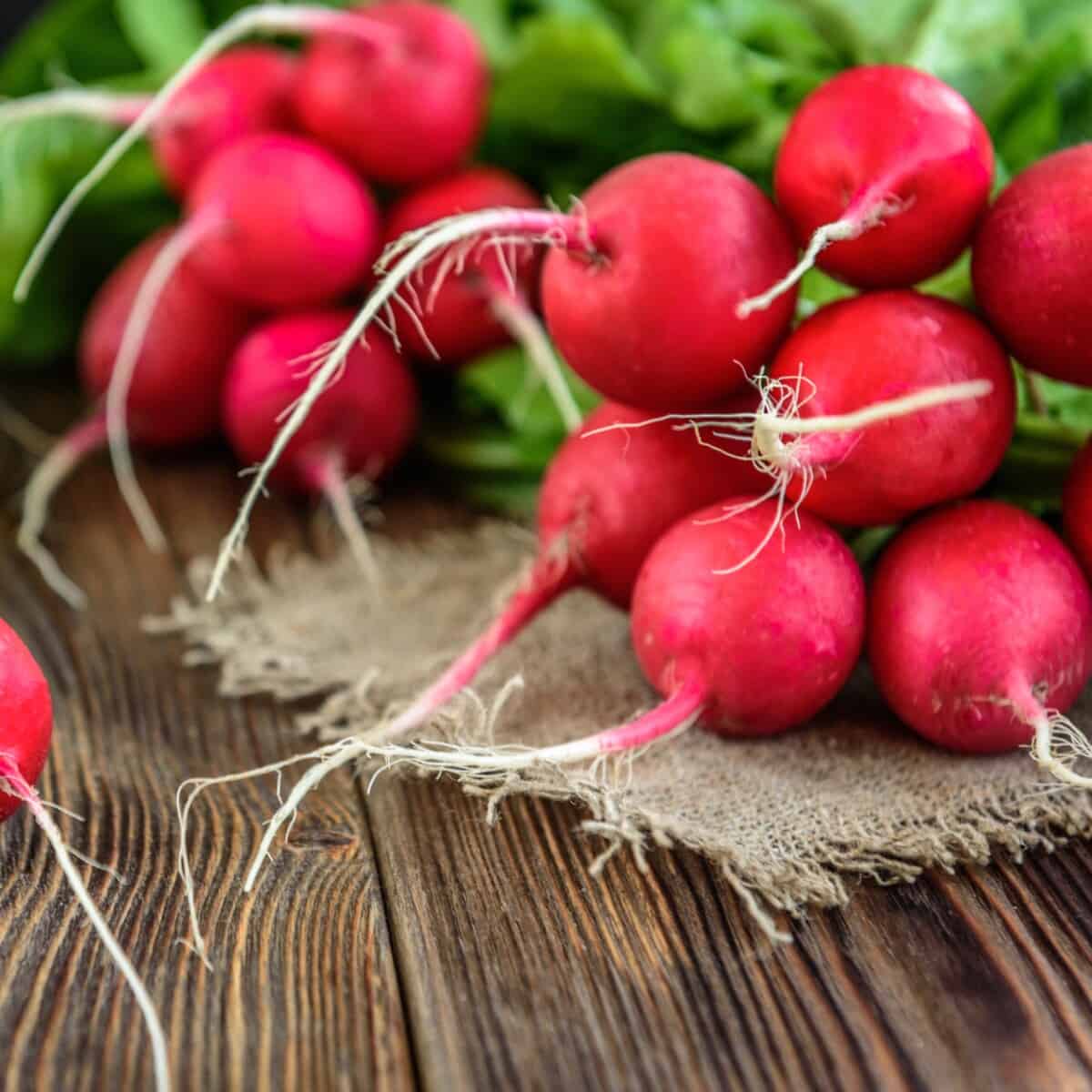
Flavor profile
The flavor profiles of beets and radishes set them apart. Beets offer a sweet taste and an earthy flavor, which becomes more noticeable when roasted or boiled. Radishes have a sharp and peppery flavor, particularly on their skin. The unique taste of this edible root vegetable can range from mild to fiery.
Growing conditions
Both beets and radishes thrive in different growing conditions. Beets prefer cooler temperatures and well-drained soil. Because of this, they are suitable for early spring and fall planting. Radishes, on the other hand, grow rapidly and are well-suited for cooler climates. They are ideal for quick harvests in various seasons.
Radish vs beet: culinary uses
Both beets and radishes are used in various dishes and recipes. Beets can be roasted, boiled, or even grated for salads. In this way, the true root vegetables offer versatility in both sweet and savory recipes.
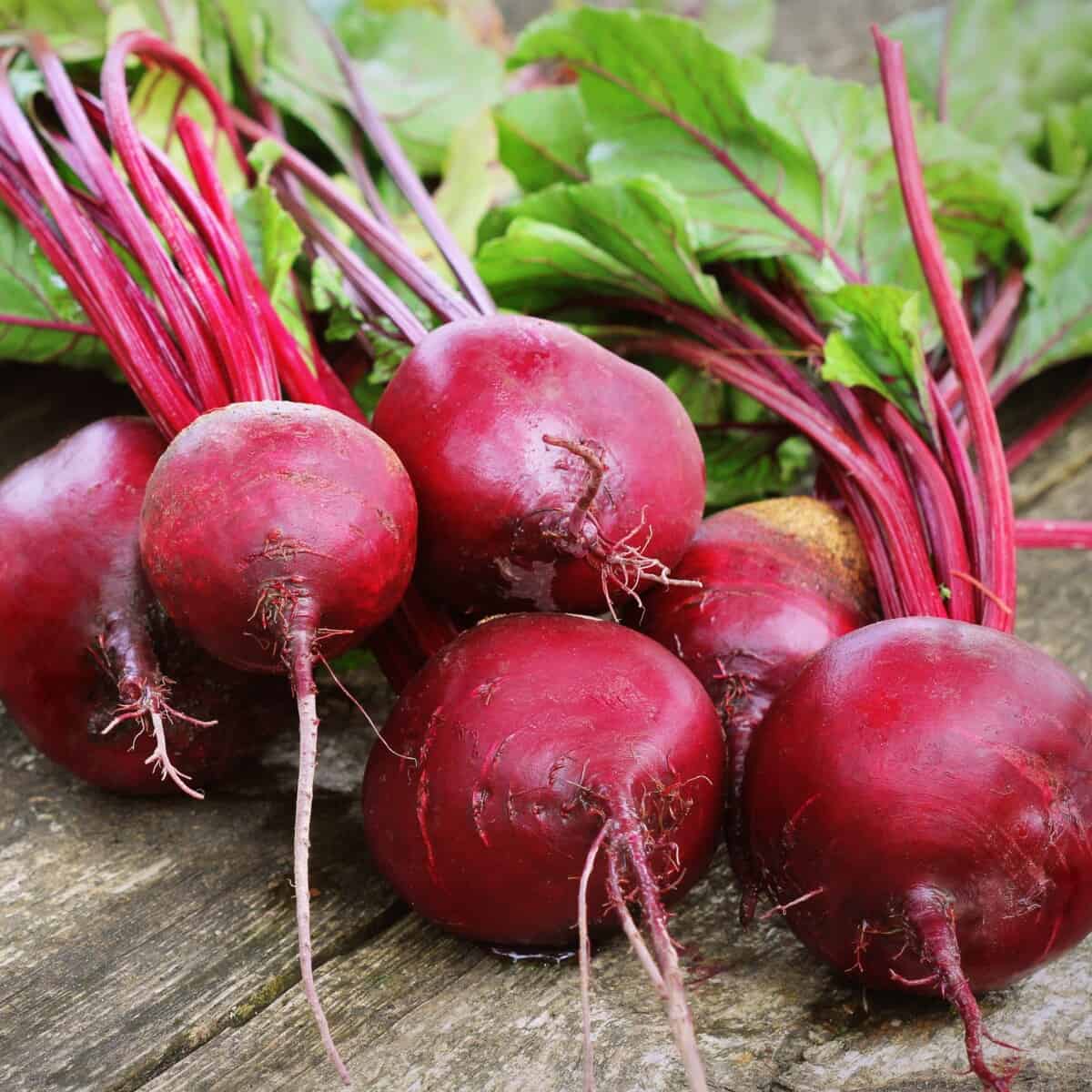
Beets are highly versatile in the kitchen and can be used in various culinary applications, from savory to sweet dishes. Their sweet, earthy flavor and vibrant color make them a popular choice for various recipes. Such as fresh beet juice is a healthy and refreshing drink on its own, or it can be combined with other fruits and vegetables for a nutrient-packed smoothie. Roasted beets are another great dish to add to a salad or topping for pizza or sandwiches. Roasting beets enhances their natural sweetness and concentrates their flavor. Simply wrap beets in aluminum foil with a drizzle of olive oil and roast until tender.
Radishes, on the other hand, are versatile vegetables that can be used in various culinary applications, adding a crisp and slightly spicy flavor to dishes. They have a strong presence in Asian dishes, where they are pickled, sliced, and used as garnishes to enhance flavors, such as radish kimchi. Raw radishes are a key ingredient in Korean kimchi. They are fermented with spices, garlic, and ginger, resulting in a spicy and tangy side dish often served with rice or used as a condiment.
Nutrition
The nutritional profiles of beets and radishes are equally impressive. Beets are rich in vitamin B, a good folate source, and contain minerals like potassium. The healthy root vegetable helps lower blood pressure and contributes to heart health. On the other hand, radishes are a great source of vitamin C and aid in immune system support.
Health benefits
Both beets and radishes offer unique health benefits. Beets contain antioxidants, such as betalains. Betalains have been associated with anti-inflammatory and detoxifying effects. Radishes provide several health benefits due to their nutritional content, including vitamins, minerals, fiber, and antioxidants. Such as radishes are a decent source of vitamin C, an antioxidant, and good for blood pressure regulation and heart health.
Availability and seasonality
Beets and radishes are available year-round, but their prime seasons vary. Beets are generally very popular and at their best in the fall and winter months. Radishes thrive during spring and fall. However, certain varieties can be found in summer as well.
Storage and shelf Life
Beets and radishes are stored in different ways. Beets can be stored in a cool, dark place for several weeks, while radishes are best stored in the refrigerator with their turnip greens removed. They last for about a week.
Fiber content of radishes vs fiber content of beet
Let's delve into how the fiber content of these two vegetables contributes to their overall nutritional value:
Radishes are not particularly high in fiber, but they provide a moderate amount. A half-cup of sliced radishes contains about 0.9 grams of dietary fiber. Radishes are low in calories, making them a great choice for those looking to manage their weight. Conversely, beets are a richer source of dietary fiber than radishes. A half-cup of cooked beets typically contains around 1.7 grams of fiber. Beets are slightly higher in calories than radishes but are still relatively low.
Long to short, both radishes and beets offer health benefits related to their fiber content. While radishes provide a modest amount of fiber and are a low-calorie option for weight loss management, beets provide a higher fiber content and additional advantages, such as potential improvements in heart health and digestive health. Incorporating both of these vegetables into your diet can be a smart choice for overall health, with each bringing its unique set of nutrients and fiber-related benefits to the table.
Radish vs beet: preparation considerations
Radishes and beets can be prepared in various ways to suit your culinary preferences and needs. Here are some preparation considerations for both vegetables:
Radishes
Washing: Clean radishes under running water to remove dirt or debris. Trim the tops and roots if they are still attached.
Slicing and dicing: Radishes can be sliced into thin rounds, diced into cubes, or julienned for various uses. The size and shape depend on your recipe.
Roasting: If you plan to roast radishes, toss them in olive oil, salt, and herbs of your choice. Roast them in the oven until tender and slightly caramelized, usually at 375-400°F (190-200°C).
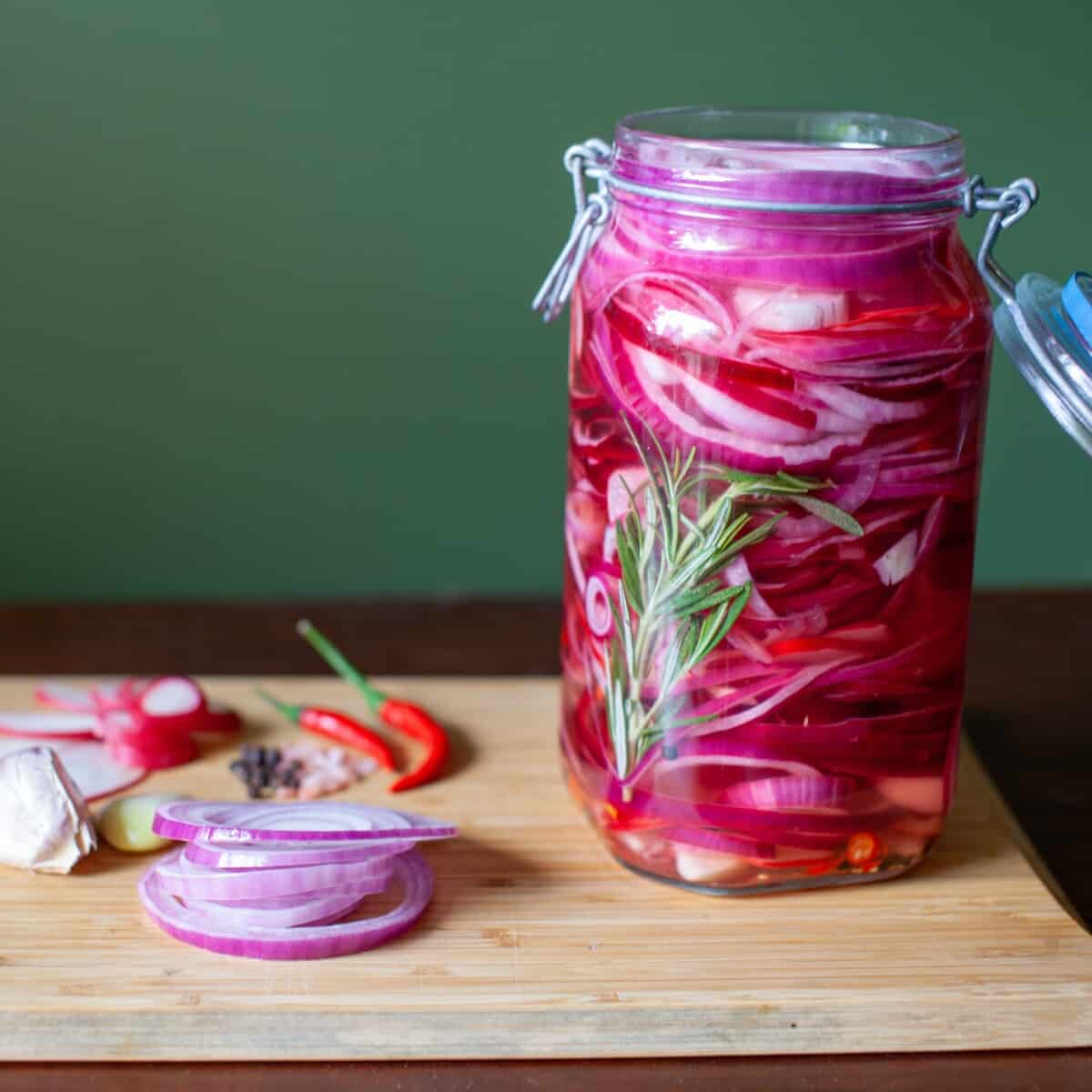
Pickling: To pickle radishes, slice them thinly and immerse them in vinegar, sugar, and spices. Allow them to sit in the pickling liquid for a few hours or overnight in the refrigerator.
Raw in salads: Radishes add a fresh crunch to salads. You can slice or dice them and mix them with other vegetables, greens, and dressings.
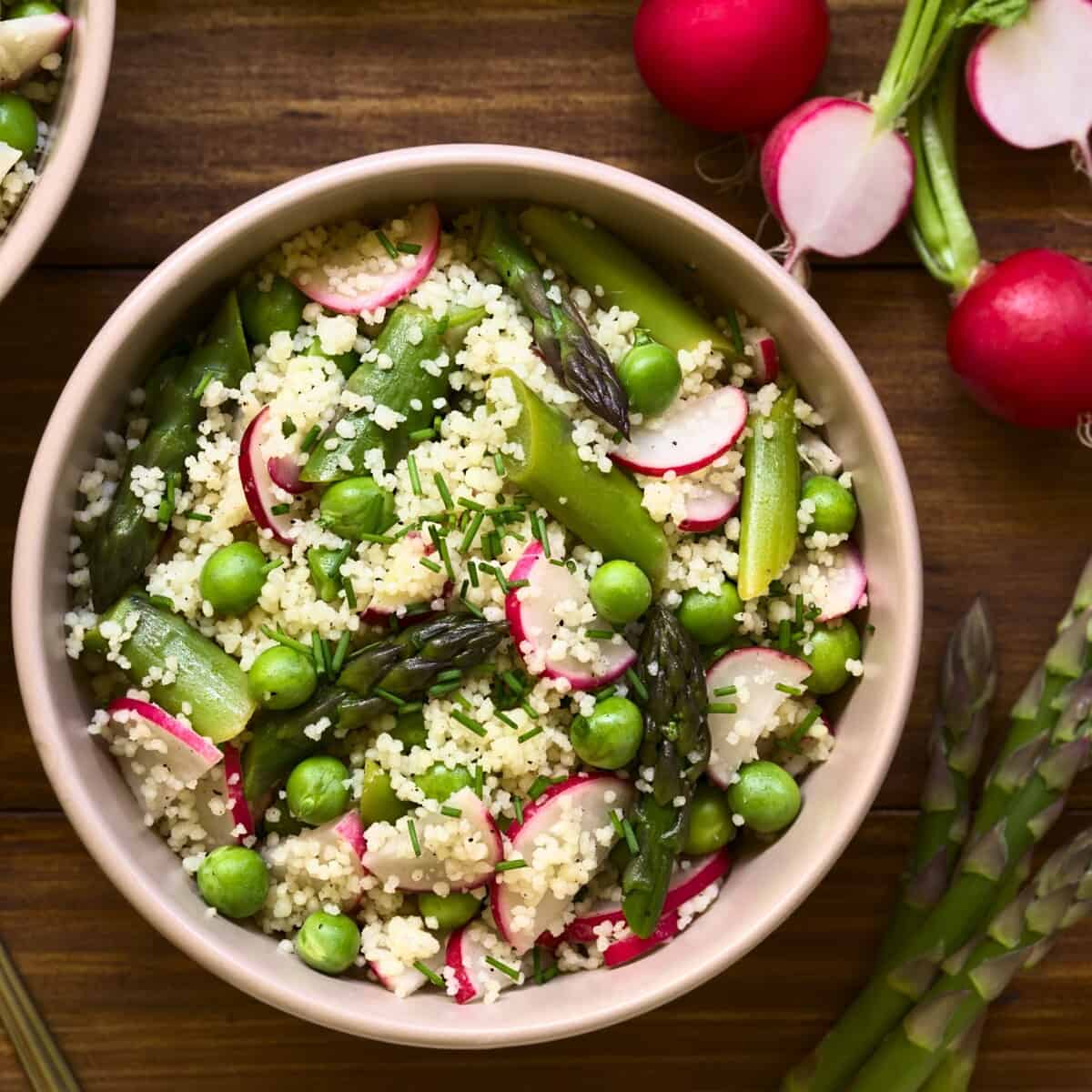
Grating: Grated radishes can be used in coleslaws as a topping for tacos or mixed into sandwiches for added texture and flavor.
Beets
Washing: Similar to radishes, wash beets thoroughly to remove any dirt. Trim the tops and roots, leaving about an inch of each attached.
Roasting: Roasting beets intensifies their sweetness. Wrap whole beets in foil, drizzle with olive oil, and roast at 375-400°F (190-200°C) until tender. After roasting, you can easily peel and slice them.
Boiling or steaming: To cook beets quickly, you can boil or steam them. Peel the skin after cooking, then slice or dice them for use in various dishes.

Raw in salads: Beets can be grated or thinly sliced and added to salads. They provide color and a sweet, earthy flavor. However, keep in mind that raw beets are firmer and may have a slightly different texture than cooked beets.
Pickling: Similar to radishes, beets can be pickled. Slice them thinly and immerse them in a vinegar-based brine with sugar and spices for a few hours or overnight.

Pureeing: Cooked beets can be pureed to make beet puree, used in soups, sauces, or as a colorful base for dips.
Grilling: Beet slices can be grilled, either on a barbecue grill or stovetop grill pan, for a smoky flavor and appealing grill marks.
Beet greens: Don't discard beet greens! They are edible and can be sautéed or used in salads. Wash them well and remove tough stems before cooking.
Both radishes and beets are versatile and can be prepared in numerous ways to suit your taste preferences and the requirements of your recipes. Whether you enjoy them raw in salads, pickled, roasted, or incorporated into various dishes, these vegetables can add color, flavor, and nutrition to your meals.
Radish vs beet: final thoughts
After exploring the differences between radishes and beets, both beets and radishes are popular root veggies and have various culinary uses. Their nutritional value is also unmatched. While both belong to the same Brassicaceae family, their different flavors, characteristics, and roles mentioned above highlight their importance. No matter which you choose, one thing is sure: you will improve your dining experience and health.
Ultimately, the choice between beets and radishes depends on your taste preferences and dietary goals. Some may find themselves drawn to beets' sweet, hearty allure, while others may appreciate the sharp, tangy bite of radishes. These two vegetables have their own special places in the world of cooking, waiting for you to explore. Both vegetables have unique and important benefits. Radishes are easy to grow, and they can be harvested quickly. Beets take longer to grow but provide a deep and delicious flavor. Either vegetable is a great choice for salads, meals, or for container gardening. Whether you are looking for a quick vegetable to add to a dish or a vegetable that will provide a lasting flavor, you have a choice: radish or beet.
I love to hear from you. Radish vs beet? Which one is your favorite? Please feel free to leave your comment below. 🙂

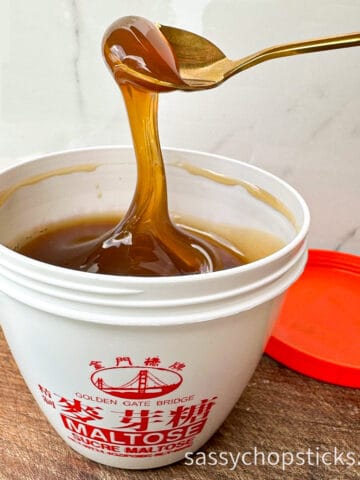



Leave a Reply